The Seed
I have been working on a control deck based around Lock and Load since cracking open a golden one on the opening day of the release of The Grand Tournament (TGT). The various decks I started with had several common features:
- very few minions – the deck focussed on spells that created minions, or minions that created minions either in play or in hand, with the ultimate combo of playing spells that created minions which created other minions at a time when there were minions in play that created minions when spells were played *whew*
- the opponent was encouraged to make many misplays due to having absolutely no idea what he or she was playing against – strong plays they would make against traditional archetypes turned out to be errors against me
- the strategy tended to struggle to recover a board that was lost – it lacked a proper “catch-up” mechanic
- the randomness inherent in many of the effects led to the occasional flat game (where nothing happened) about as often as the amazing game (where EVERYTHING happened), with an average that made the deck eminently playable
- the deck was extremely challenging to play because nothing about the effects was reliable, forcing you to discover different ways of using the powerful, but single-purpose spells to good effect – a failure to do so generally resulted in defeat. For a while I dubbed it “Chess Hunter”, aka the “Thinking Man’s Hunter”, which was ironic during the age of Face…
- the good games more than made up for the bad in terms of sheer thrill factor – the decks were fun and they did not overly compromise on win percentage, provided one took the view that one could never climb the ladder with them and therefore plied one’s trade in the casual room
As the season wore on I gravitated back to decks that could actually climb the ladder, and the concept was shelved.
Enter the Old One
Yogg-Saron, Hope’s End helped me revive the deck. This early in the season (and being someone who does not play Wild) I don’t have too many copies of the key spells (or had crafted away the second copy of older cards simply because they weren’t played competitively), so I decided the best answer for that was to throw in Reno Jackson! The result is, at least in casual room terms, quite a monster. With 75% win rate in 30 games, where the vast majority of the losses were against decks would one expect to find above rank 5, it preys on less-optimal decks and play, making it an effective tool for completing those awkward Hunter daily quests [I have 5-1 records in both my last two 5-win Hunter dailies].
Reno and Yogg-Saron aside, one also cannot understate the impact of Call of the Wild on this “archetype”, especially since it usually boosts a few Webspinners that have been lying around with the opponent not keen to lose value in killing them, and sometimes the opponent has used his removal on your jank and couldn’t kill the Summoning Stone you played the previous turn.
Having used Yogg-Saron extensively in Paladin, Rogue and Hunter (and having faced not a few Mages running it), I have discovered the following common features of summoning it (these don’t happen all the time, but each has an excellent chance of occurring so several usually run together):
- It will kill or cripple itself unless it returns itself to hand first,
- it will wipe the entire or one side of the board (not necessarily that of the opponent only, even though that’s what we always wish for)
- several spells will do nothing either due to a lack of targets or having no mana (eg Forbidden Healing)
- you will draw at least 2 cards
- you will play at least 1 secret
Oh! The fun I’ve had. Yogg-Saron casts Mark of the Wild on itself, then Power Word: Shield. My opponent’s lone minion is looking toast and I now have a blocker to stave off lethal damage. And then with the final spell of the cycle came Earth Shock and a defeat. In the very next game Yogg-Saron played Ball of Spiders, pulled Huffer off Animal Companion, smacked my opponent with Pyroblast in the face, and played Flamestrike to clear the way to vocal cheering on my side. However the remaining several spells included Twisting Nether (which gave me 3 beasts that ranged from terrible to awful off my Webspinners) and forced me to over-draw 5 cards. I lost to fatigue damage shortly after… No matter how irritating those losses are they are the stuff of legend, and are always recalled with fondness or even open laughter.
But *those* games pale into significance compared with those where it gets you Ice Block and helps you draw into Reno, casts Thistle Tea on your Kill Command, or somehow throws all the damage spells at the opponent’s face and wins the game all by itself.
However, if we take the average scenario where the board is cleared, the Old One is dead, you have a secret and a few extra cards in hand, then playing Yogg-Saron seems like something we should never do because the outcome can be much worse that such a minor upside! Unless of course the deck can use just such a situation to its advantage.
Our purpose is to use Yogg-Saron as a reset button, the catch-up mechanic that the spell-based Control Hunter never had, and while sometimes we’ll lose anyway more often than not we’ll either get back into the game or just win it right there.
Hope follows Despair and vice versa on the Yogg-Saron roller-coaster, a wild ride that may just be addictive. And even when you lose, the game replay has a story to tell your Hearthstone friends over a beer… Surely it’s the most complete Hearthstone strategy ever?
The Key Elements
- The deck is relatively easy to craft: a mere 3 legendary minions (one of which is in League of Explorers) and 3 epics (Lock and Load, Snake Trap and Call of the Wild, with the latter 2 being Hunter staples) means we’re not about to be out of pocket.
- Only 2 minions do not draw cards, Summoning Stone and Reno, including specifically not playing Emperor Thaurissan or Savannah Highmane. Thaurissan is very much a “win more” category card, because if you have the luxury of summoning it with a mostly full hand you were probably winning anyway; it’s more common that you have few cards in hand that can benefit from reduced cost and he’s just a 5/5 for 6 that doesn’t affect the board. While Highmane is strong in mid-range decks, this isn’t such a deck.
- 5 different traps, so the opponent genuinely has no idea how to react to them, especially when Snipe is the first one triggered – you can smell the uncertainty, and fear is the mind-killer, the little death that brings total obliteration. There is a chance that an Eaglehorn Bow can be added to take advantage of this aspect, but weapons do not count as spells. It is something to consider though, perhaps instead of the Tracking which is only ever useful after playing Lock and Load.
- Spell counts ramp to between 9 and 14 on average by the time you have 10 crystals, which gives Yogg-Saron plenty of opportunity to get the secrets, cards and board clears desired.
- Other than Reno and Yogg-Saron the deck does not require any specific card to function, so failing to draw apparently vital cards like the Summoning Stone/Explosive Shot combo generally doesn’t matter.
- You mulligan for the minions every time, especially King’s Elekk which has very few low cost targets and can therefore get Reno or Yogg-Saron out the deck directly. About the only spells to keep are Lock and Load, Quick Shot and Hunter’s Mark which can deal with the various 1-mana minions that can defeat you by themselves, especially Northshire Cleric.
- Minions that grant bonuses to Spell Damage are massively under-rated in Hunter because one always expects a Highmane or Knife Juggler into Unleash the Hounds instead, so not a few opponents will make the mistake of not killing them on sight.
- Generally speaking, at least one random beast from Ball of Spiders will be something the opponent’s deck has no direct answer for. Yogg-Saron sometimes gives you a free trip to value town.
- When having the coin and Lock and Load, don’t use the coin. On turn 5 you can play Lock and Load then the Coin to get a free hunter card and have 4 mana available – most of the spells cost 2, with several 1s so you can chain an extra 2 or 3 spells. You’ll be surprised how often your next turn is Savannah Highmane.
- Sometimes you don’t even need any of that because occasionally the deck will pilot itself as seen in the screenshot below.

Match-ups
One of the main keys to playing such a loosely-defined strategy is to understand how the opponent is going to try win the game. The primary advantage this deck has is that the opponent can almost never predict exactly how we’re going to win the game; heck, even we can’t predict that! The deck also uses a lot of spells that simply never see the light of day; the opponent is only going to play around Explosive Shot by accident, for example, and he won’t see Multi-Shot coming either, especially when you drop Bloodmage Thalnos first and then kill his Twilight Elder and Azure Drake out of nowhere. Having an empty board he’ll play some 3 health minions and walk right into a spell damage-boosted Powershot or sometimes his specially reserved 4 health minion will get taken out by Snipe. The trick to playing this deck is to encourage those exact plays, and no matter what the opponent’s over-arcing strategy little mistakes that give you such value are what will swing the tide in your favour. While I can tell you about several aspects of playing this deck, you really do need to try it for yourself.
Druid (25% Win Rate)
Given that C’Thun-based Druid is not the most effective C’Thun, you may hit some of these in casual and they will cause you trouble because the average minion has much higher health than your average spell, and we only have 1 each of Deadly Shot and Hunter’s Mark. The more common Druid aggro deck is not too tricky as the minions are smaller and can’t effectively avoid your traps (other than Snake Trap which is generally a dead card against aggro). If you suspect/guess the opponent is aggro by all means keep Powershot, but you’ll be better served with the mulligan for minions so that you can contest the board long enough to get the spell count up when Yogg-Saron will win you the long game more often than lose an already lost one. Keep Thalnos and Azure Drake for those moments when you can combo out the extra damage to take things down; they won’t last by themselves against opponents who understand what Spell Damage bonuses are all about (which Druid players in general are). However, I wouldn’t be too frightened about a “bad” matchup when Druid is under-represented in the wake of the Classic set nerfs.
Hunter (50%)
It’s a draw-dependent mirror regardless of what strategy the opponent is playing. Smaller minions than Druid make it easier to clear the board on demand and Reno on turn 6 can be a back-breaker. More enemy minions also gives more scope for Lock and Load to reel out several small spells around turn 5, trading one for one with the minions on the board, but returning the gas in hand that can give you a lasting advantage.
Mage (60%)
Mage can do some amazing things, mainly big turns involving Flamewaker or Archmage Antonidas. The surprising thing is that the vast majority of their other minions have 3 or less health and therefore can be soft targets for our removal or minions. Hold the Snipe for the turn you anticipate Flamewaker. Use Explorer’s Hat repeatedly on your hounds to help them ‘trade up’ while sending your spell count through the roof. Save your Deadly Shot to clear Antonidas, and then calculate carefully how many Fireballs for the opponent to waste before playing Reno. Most of the time you win because the Mage player runs out of win conditions. Or he’s also playing Yogg-Saron and strategy goes out the window.
Priest (75%)
I have an extraordinary record against Priest, a typical match where we Hunters just scoop it up and take the loss. But the truth is that Priest largely revolves around taking your good cards and using them against you; and we play precious few of those! He won’t Entomb a Tomb Spider that we got off Ball of Spiders because he’ll hold it thinking we surely have more valuable minions. Thoughtsteal will mainly give highly situational spells like Freezing Trap or Powershot, which for the most part don’t affect us. If the Priest has angled his deck towards stealing everything he will make mistakes and get bad cards and just as against Mage we win because he has no win conditions (or he hits fatigue too early from over-using Northshire Cleric). Beware the dragons though; they’re trouble.
Rogue (50%)
Rogue is tough, especially those that revolve around death rattle or the Miracle engine (which is to say all Rogues). These decks are commonly played in the casual room because they take a fair bit of experience to master, so it’s not uncommon to face “proper” rogue decks that the pilot is trying out or learning to play. Again though, opposition mistakes are what we prey on and short of a big Edwin vanCleef when we didn’t get Hunter’s Mark or a big turn with Miracle we have a good game because their removal has to be used on so-so minions they would rather not be forced to kill with good spells.
Shaman (66%)
Another “good” match-up, Shaman is common in casual and the decks are of a good average quality. Usually these are decks that simply don’t have enough duplicates of key cards, be they Master of Evolution or Flamewreathed Faceless etc. So they ask tough questions but we can handle their pressure with our board clears and our card advantage. We take it long and leave them in topdeck mode, then Yogg-Saron will provide us with the tools to win, especially on those occasions when it miraculously doesn’t kill itself.
Warlock (75%)
I’ve actually not yet lost to Warlock with this deck, but their card drawing power is higher and Doomguard is a serious problem, so that should give them the occasional edge. Therefore I can’t just claim it’s a walkover. I also understand the Warlock side better as the class is more-or-less my “main” and I very rarely lose for example the Zoolock mirror; so my experience counts for a great deal. Small minions, lack of ways to win, and gleeful self-damage mean they tend to just lose to the Hunter hero power in this age of no Antique Healbot or Molten Giant.
Warrior & Paladin (?%)
I can’t predict these because I’m yet to face either class. I suspect Warrior is an auto-loss because C’Thun-based starts on 30 health+20 armour (Ancient Shieldbearer) while this deck is primarily a minion-control deck, and the same problem applies to Control Warrior – they just have too much “health” and the Yogg-Saron strategy directly prevents us winning fatigue. Fortunately Warrior shouldn’t be heavily represented in the casual room as anyone who can come close to building any of the mainstream decks will have some success on the ladder with them. I’d be less concerned about any Paladin, other than N’Zoth-control, but again those players will not be in our neck of the woods as the dust costs involved put them in ranked play.
Conclusion
We play in casual in order to avoid the “Power” C’Thun or Control decks. Anything else and we’ve got game. And when we haven’t got game we get a jolly good laugh out of our feeble or futile attempts at winning that helps us maintain perspective; it’s just a game after all…



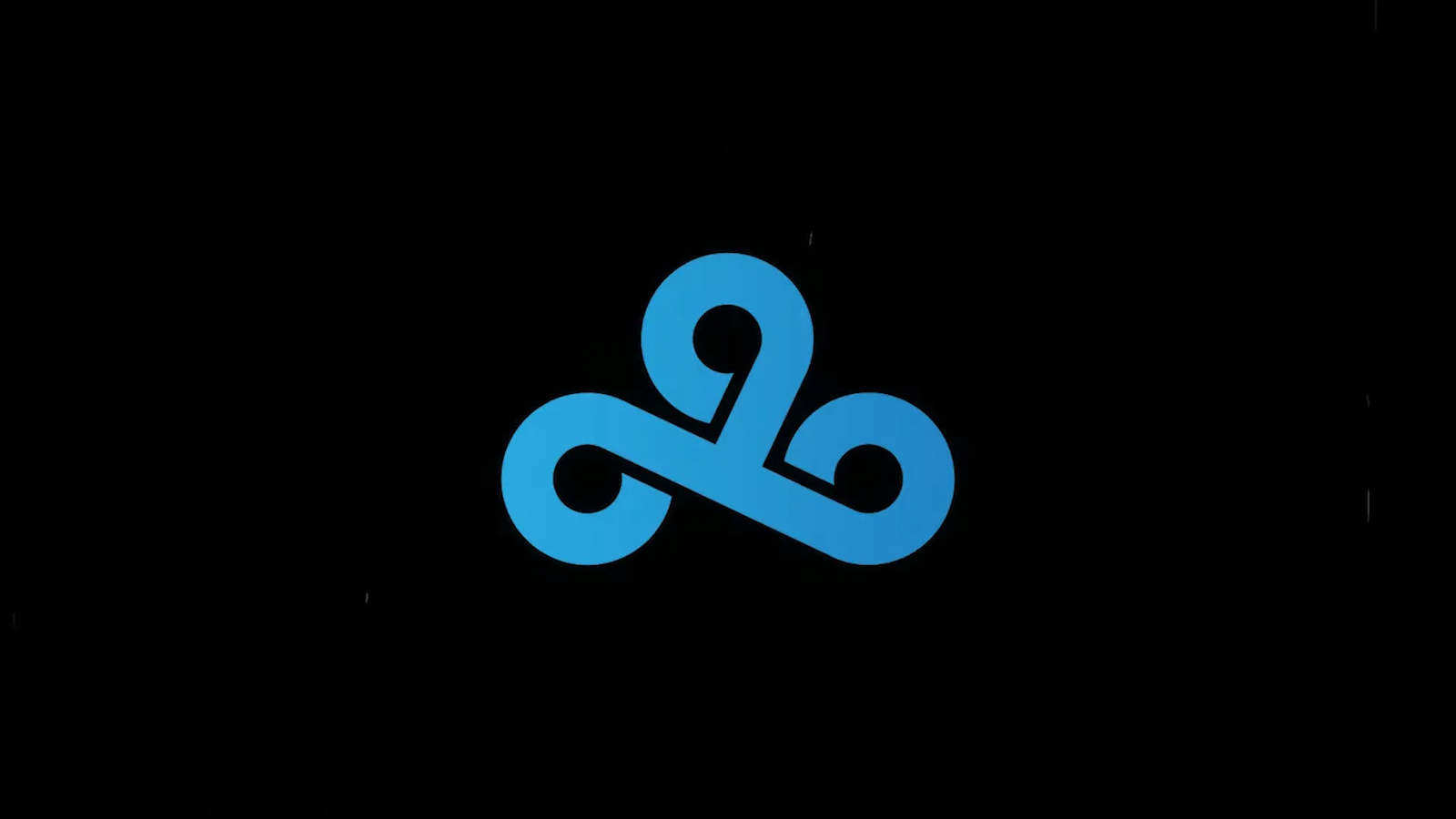

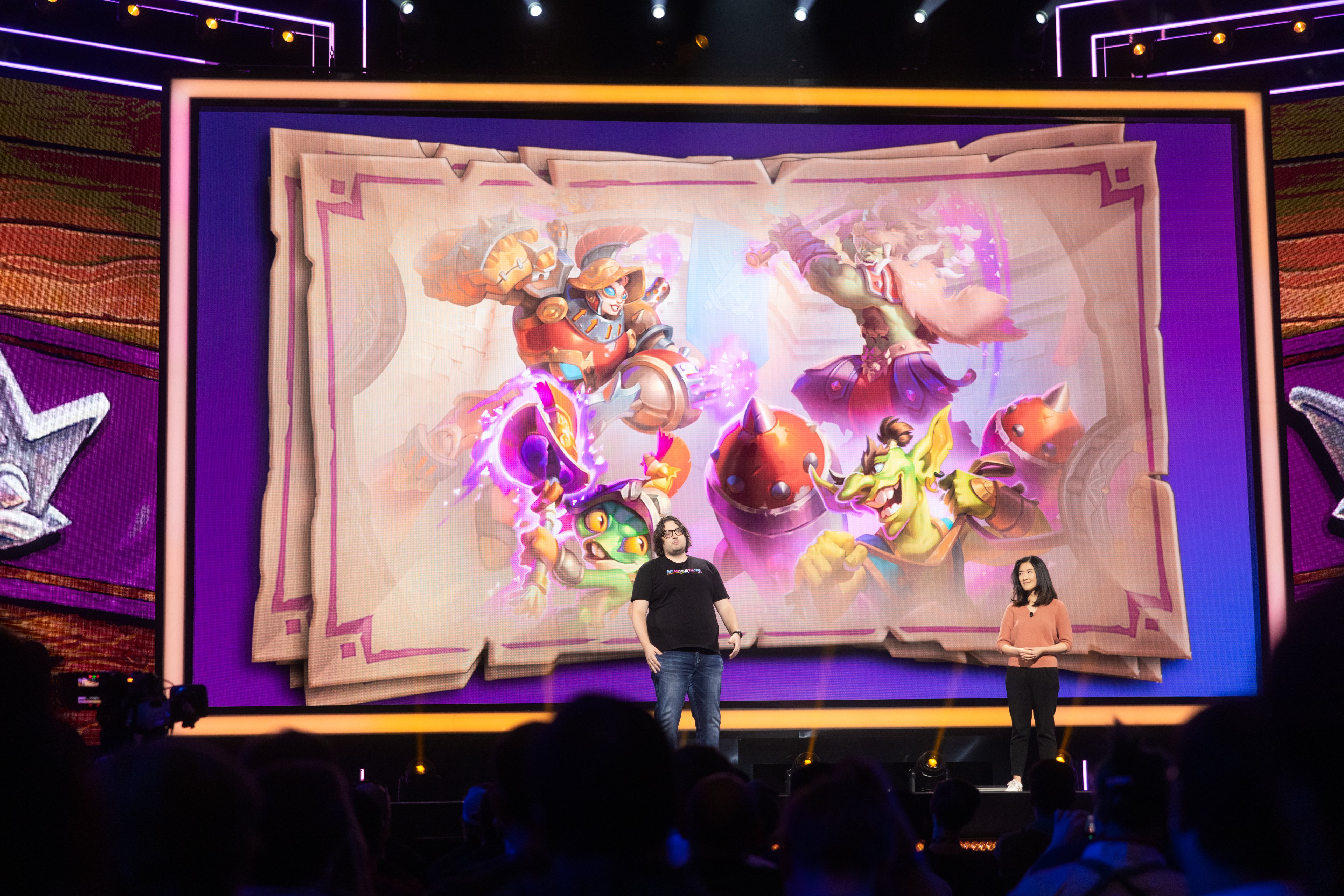
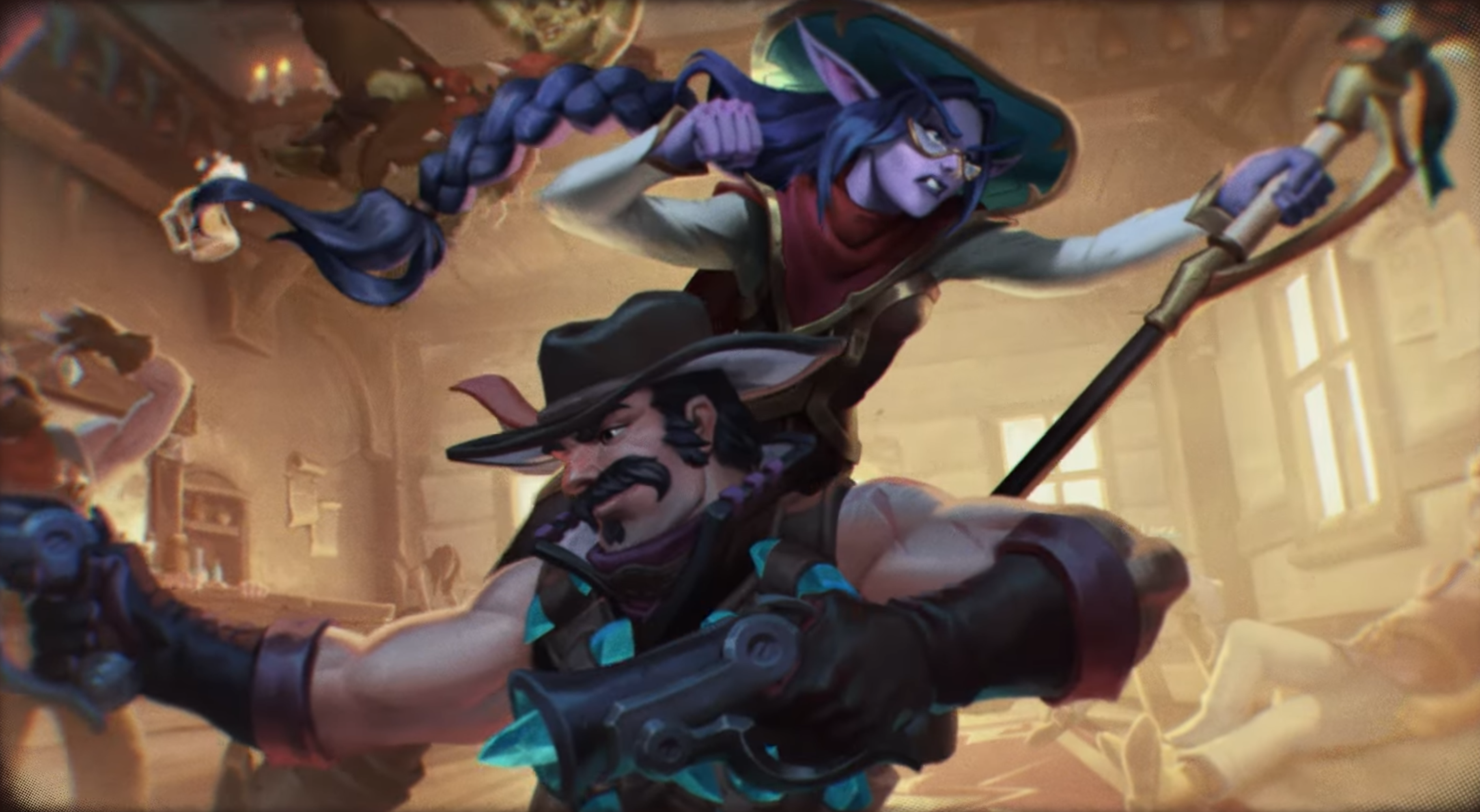
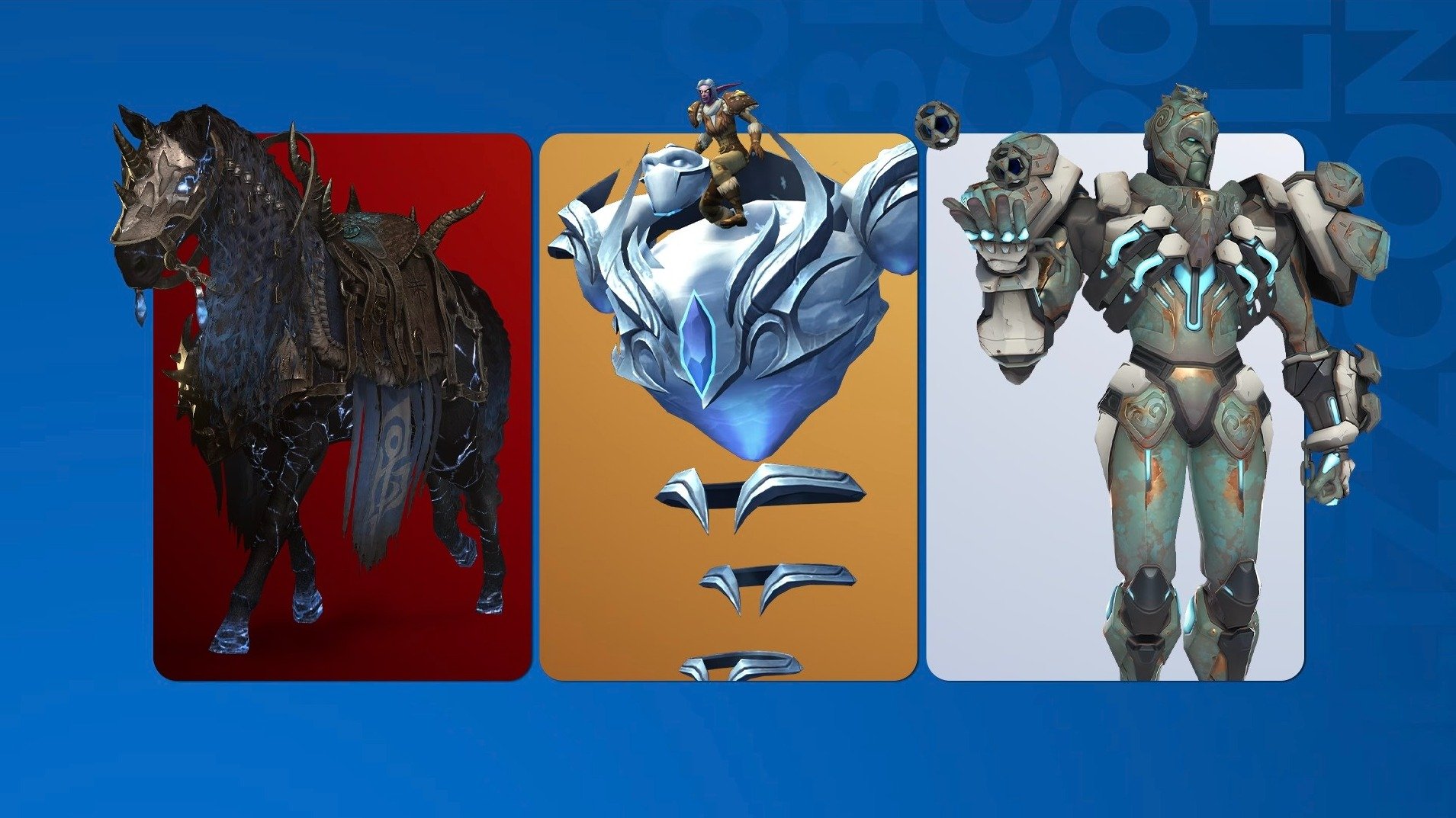
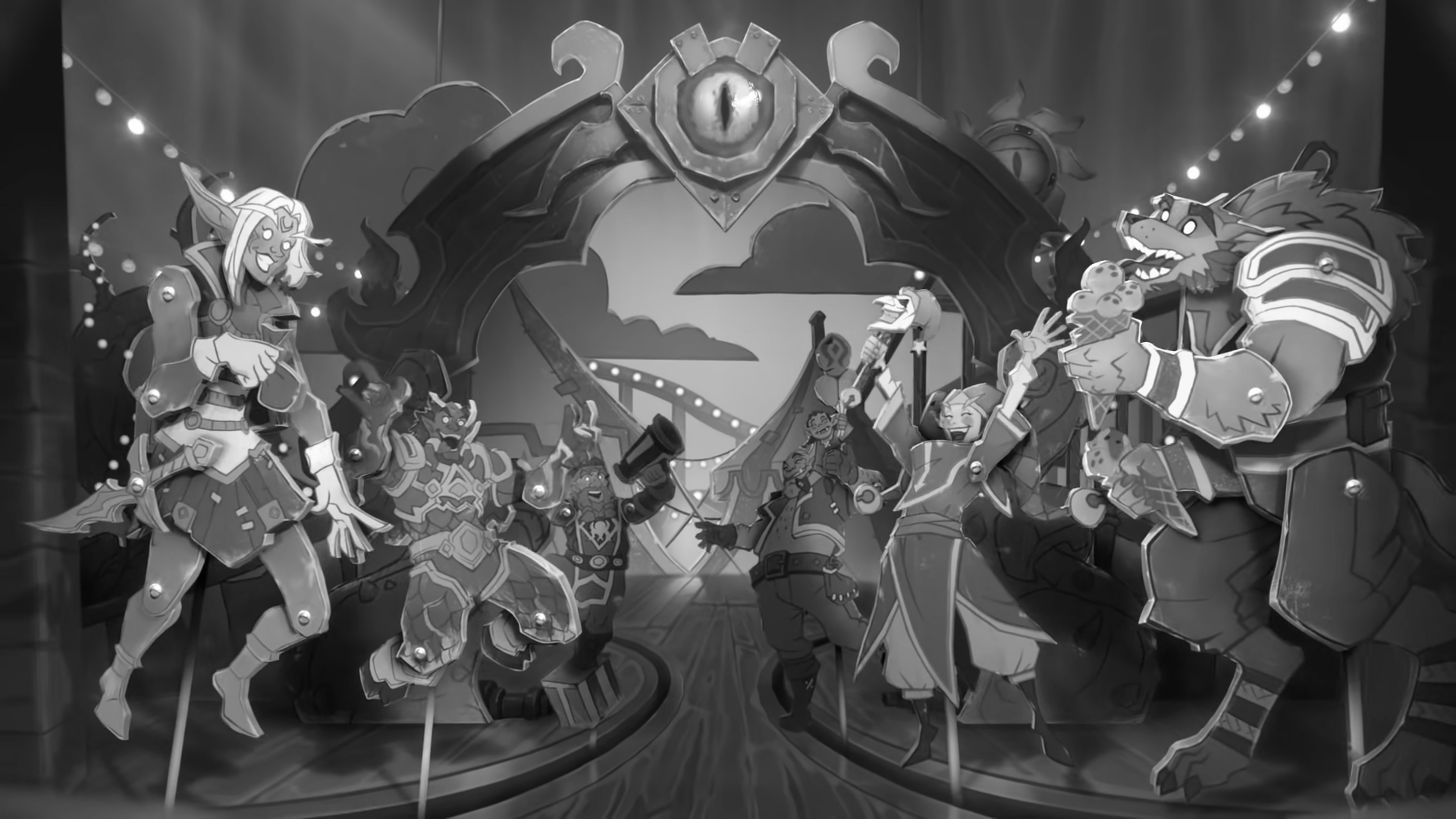
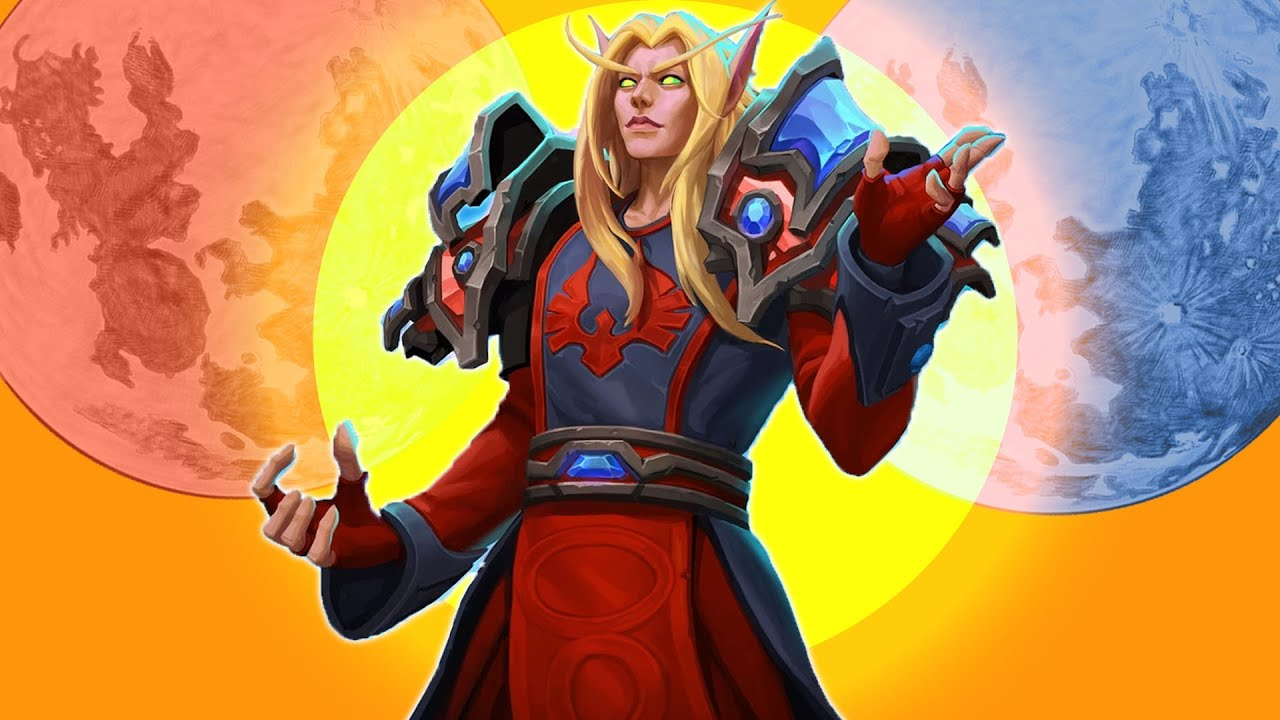
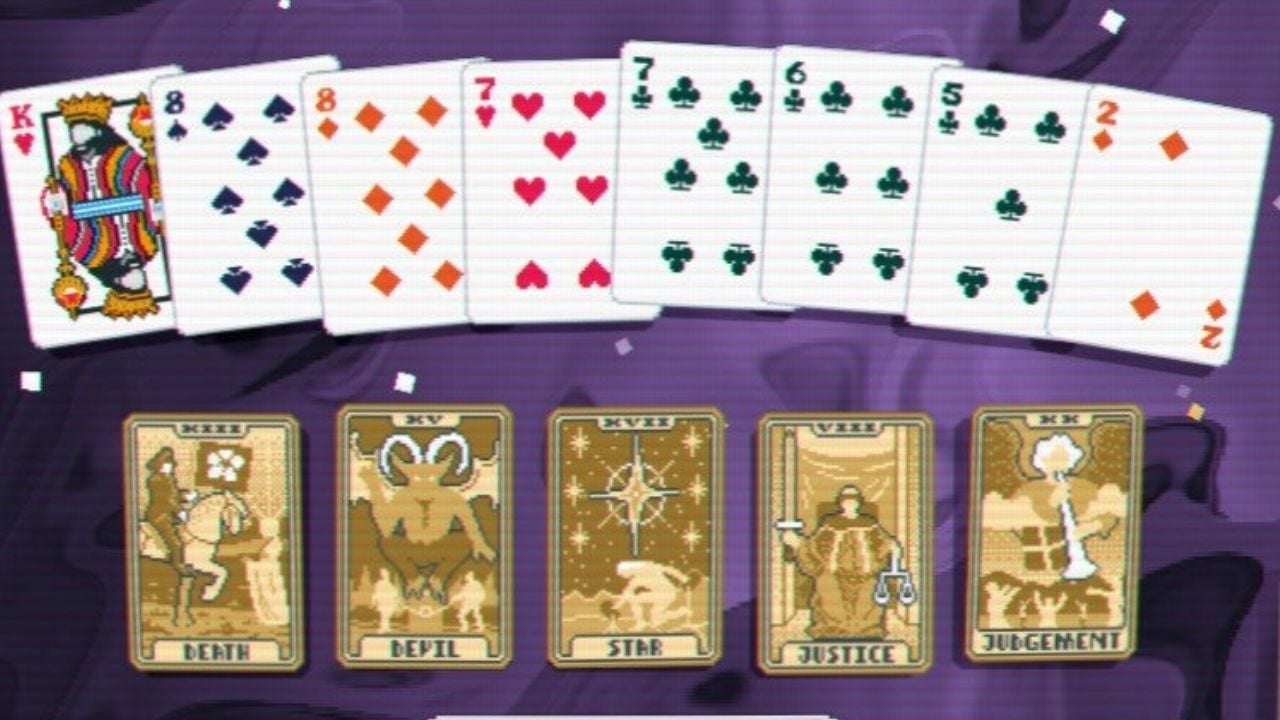
Published: May 8, 2016 01:31 pm